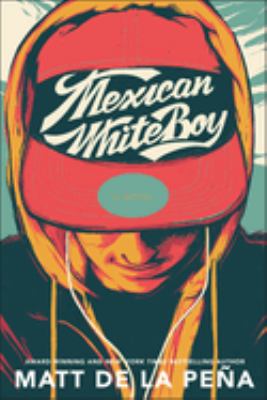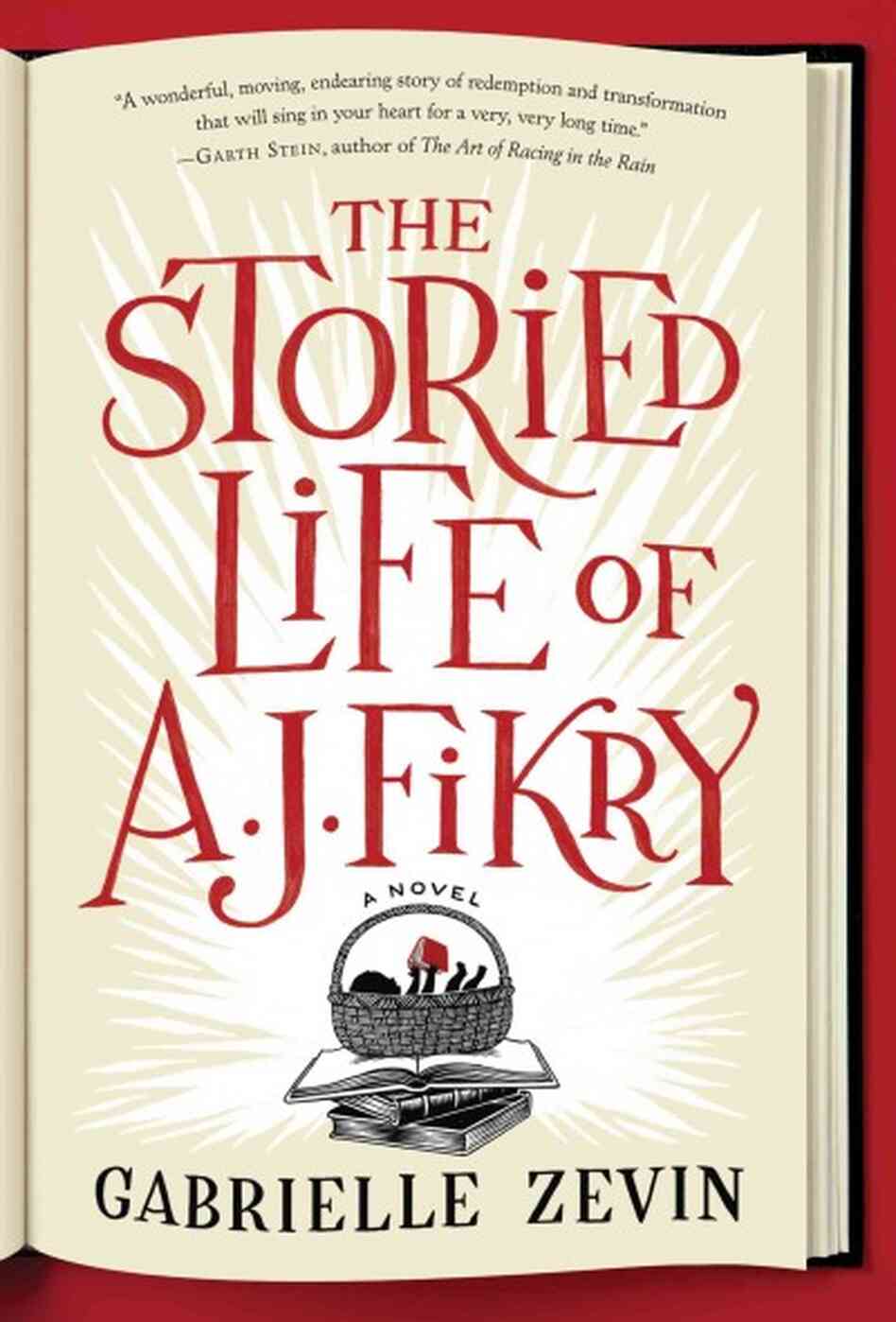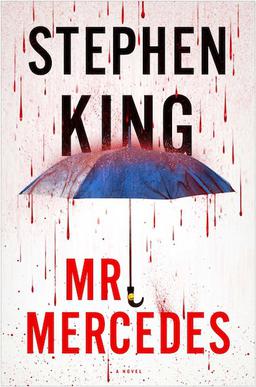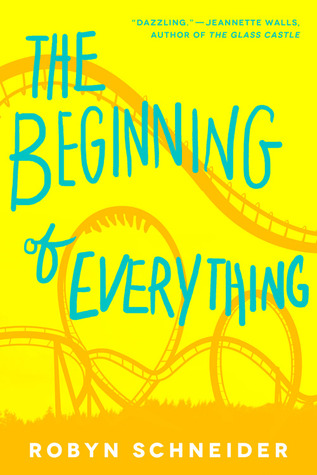Far Far Away follows young teenage protagonist Jeremy Johnson Johnson, who lives in the strange and quiet town of Never Better. He lives with his father over a bookshop opened by his grandfather, which only stocks his grandfather's autobiography. Jeremy's attic room is filled with books, especially the fairy tale stories that his mother loved. In fact, his mother's fate is straight out of a fairy tale: when she takes a bite of a fabled cake, she falls in love with the first person she sees and leaves Jeremy and his father in Never Better while she takes off to Canada. The fairy tale theme makes fitting the narrator of this novel: the ghost of Jacob Grimm, who talks to Jeremy and tries to figure out what will help him to move on to where his brother is. He dedicates himself to Jeremy, helping him write tests and answer questions, and also keeping an eye out for the Finder of Occasions, a mysterious individuals who is searching for the right occasion to bring harm to Jeremy.
For me, the tone just never felt right for this book. I've seen it described as "timeless" by several reviewers, but it was that attempt at "timelessness" that was so frustrating to me. It is very keenly set in a contemporary time and place, yet there are aspects of the language, characters, and plot that are so clearly not contemporary, and I found that those two forces continuously tug-of-warred. I like fairy tales and I like unconventional narrators, but not in the way that they were presented here.
But reading Far Far Away reminded me of just how much I loved Crooked, and once I dig my old copy out, I'm going to give it a re-read and post a review here instead.













.jpg)













